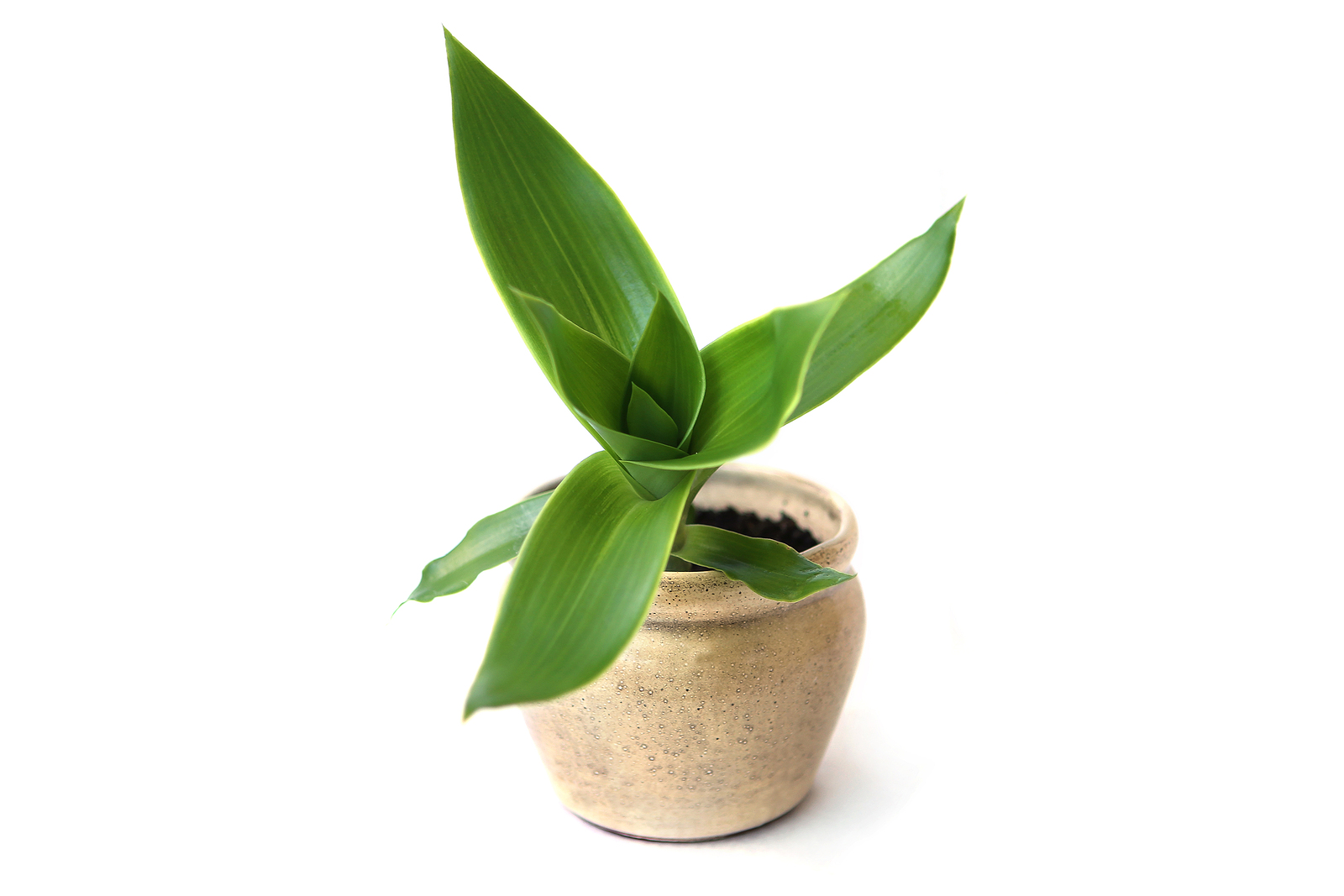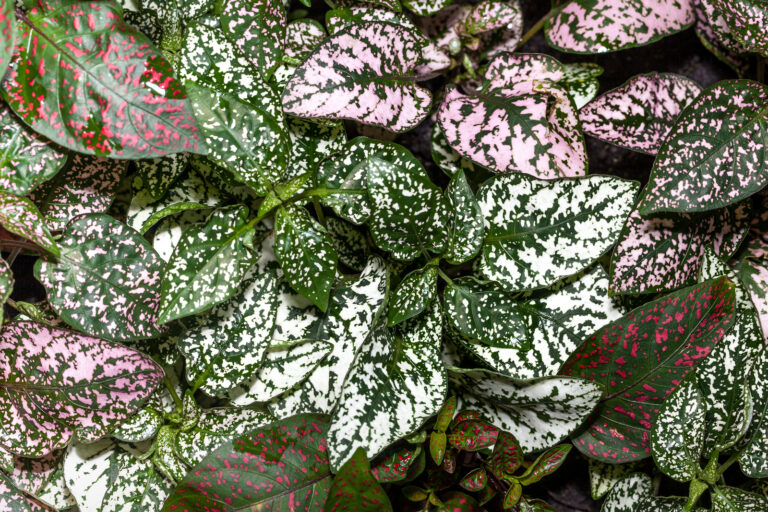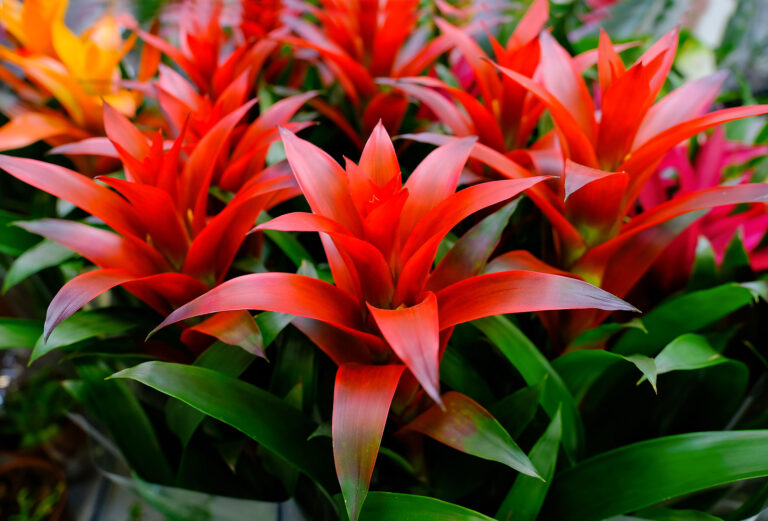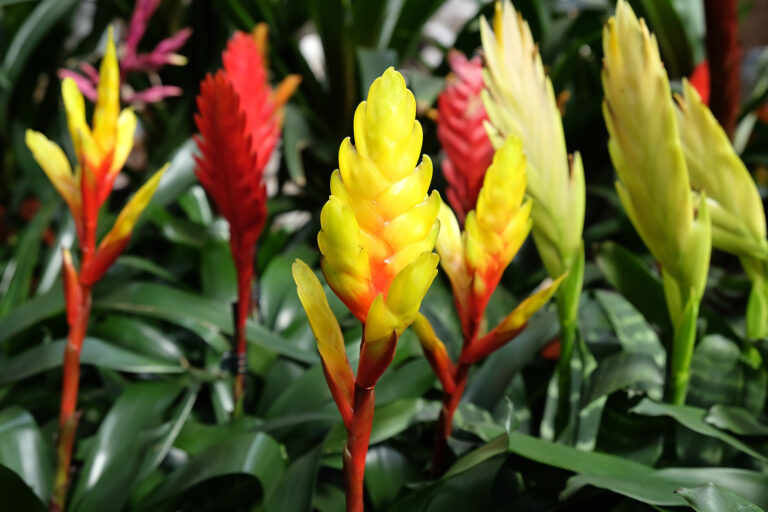How to Grow Inch Plant — Callisia
Callisia, commonly called Inch Plant, is a trailing plant with striking leaves, the tops are olive green, striped with creamy yellow, the undersides are purplish. Because of its dangling growth, Callisia is best displayed in a hanging basket or on a pedestal.
Callisia has succulent stems that support solid green or variegated, pointed oval leaves that are 1 to 8 inches long. The leaves grow erect, but droop as they mature.
Callisia resembles Tradescantia and Zebrina. Its stems stan erect when young, then start to droop as they reach their mature 2 to 3 feet (61-91cm) length.
Callisia is a genus of about 20 species native to forest margins in southeast United States, Mexico, and tropical North and South America.
Get to know Callisia
- Plant type: Creeping tropical vine, houseplant
- Growing Zones and range: 10-11
- Hardiness: Tender
- Optimal growing temperature: day 68° to 80℉ (20°-27℃), night 55° to 68℉ (13°-20℃)
- Height and width: Trailing plant grows to 3 feet (91cm) long
- Foliage: Pointed oval leaves 1 to 8 inches (2.5-20cm) long with striking leaves, the tops are olive green, striped with creamy yellow, the undersides are purplish
- Flowers: Fragrant flowers are rarely produced indoors.
- Uses: Houseplant, tropical garden
- Common name: Inch plant, striped inch plant
- Botanical name: Callisia spp.
- Family: Commelinaceae
- Origin: Forest margins in southeast United States, Mexico, and tropical North and South America

Where to plant Callisia
- Callisia grows best in filtered light with average humidity and at temperatures from 60° to 70°F (16°-21°C).
- Use standard potting soil for callisia.
How to water and feed Callisia
- Callisia likes lots of water—during the growing season be sure that the soil is always moist (like a squeezed-out sponge) but not soggy. Reduce watering during autumn and winter.
- Fertilize with a complete fertilizer once a month during the growing season.
Callisia care
- Frequently pinch off growing tips to promote compact growth.
- Callisia is occasionally bothered by red spider mites, mealybugs, whiteflies, and scale insects.
Growing Callisia as a houseplant
- Give Callisia average to warm room temperature, medium humidity, direct light in winter and bright light the rest of the year.
- Keep the soil evenly moist but not soggy.
- Fertilize Callisia in spring and summer.
Callisia propagation
- Propagate by taking stem cuttings or by dividing the plant.
- Use an all-purpose soil mix for repotting.
Callisia varieties to Grow
- Callisia elegans is the most commonly grown type; has 24-inch-long stems with olive green leave; upper leaf surfaces are striped lenghtwise with white lines and the undersides are purple; the foliage is coverd with soft, velvety hair.
- Callisia fragrans is an unusual form with 10-inch-long leaves; it makes a massive hanging basket plant.







